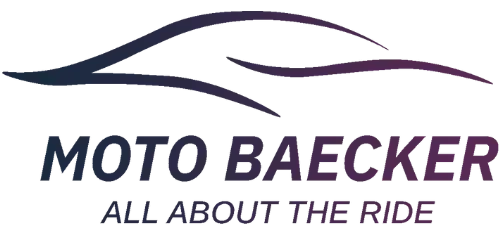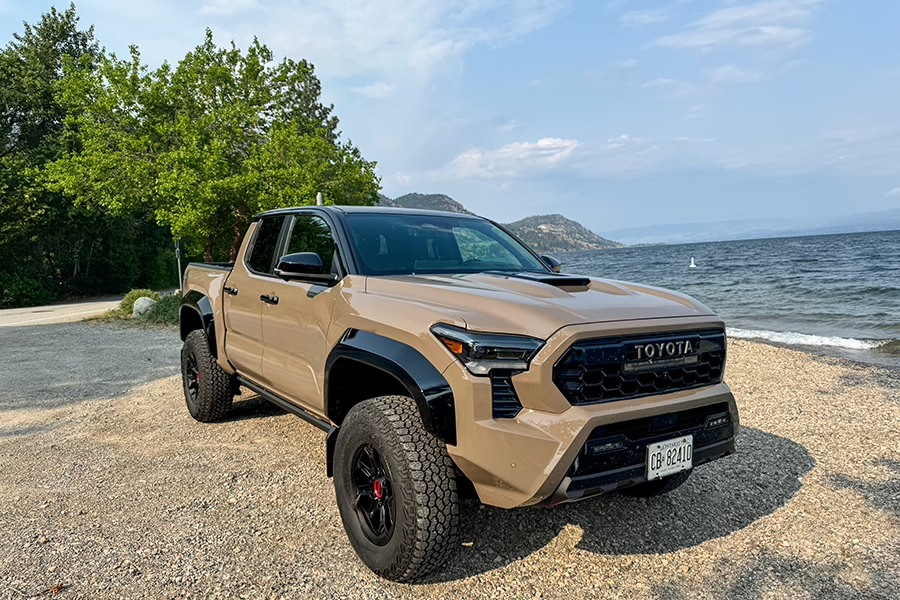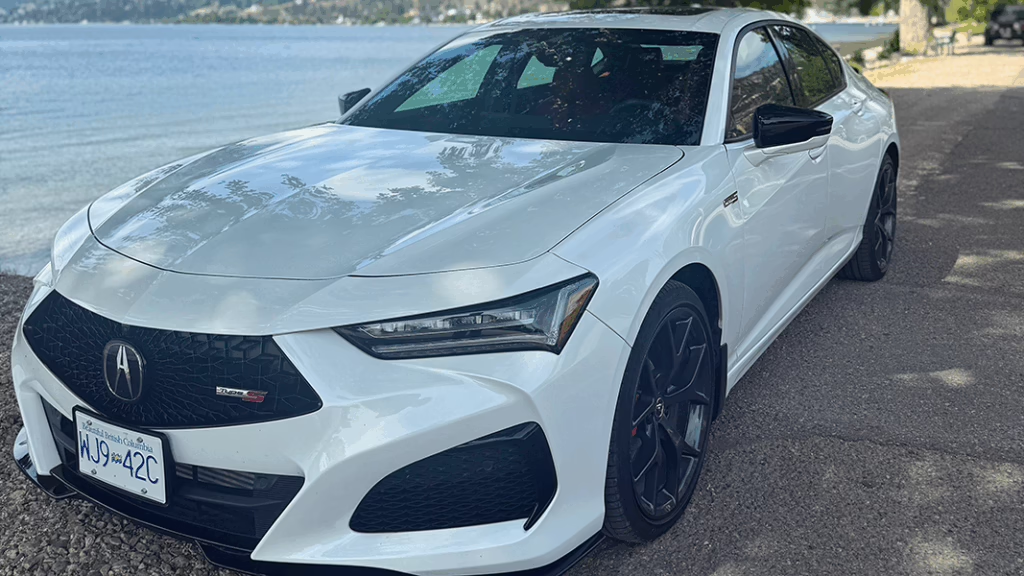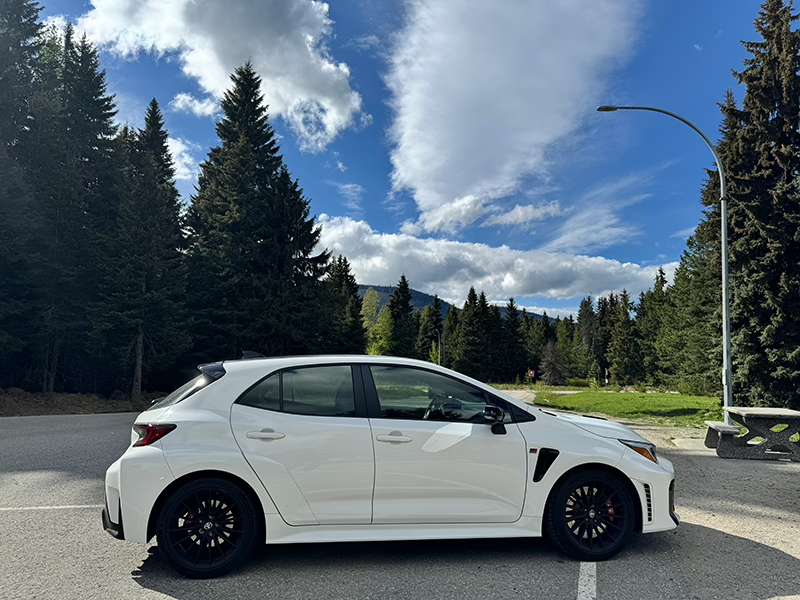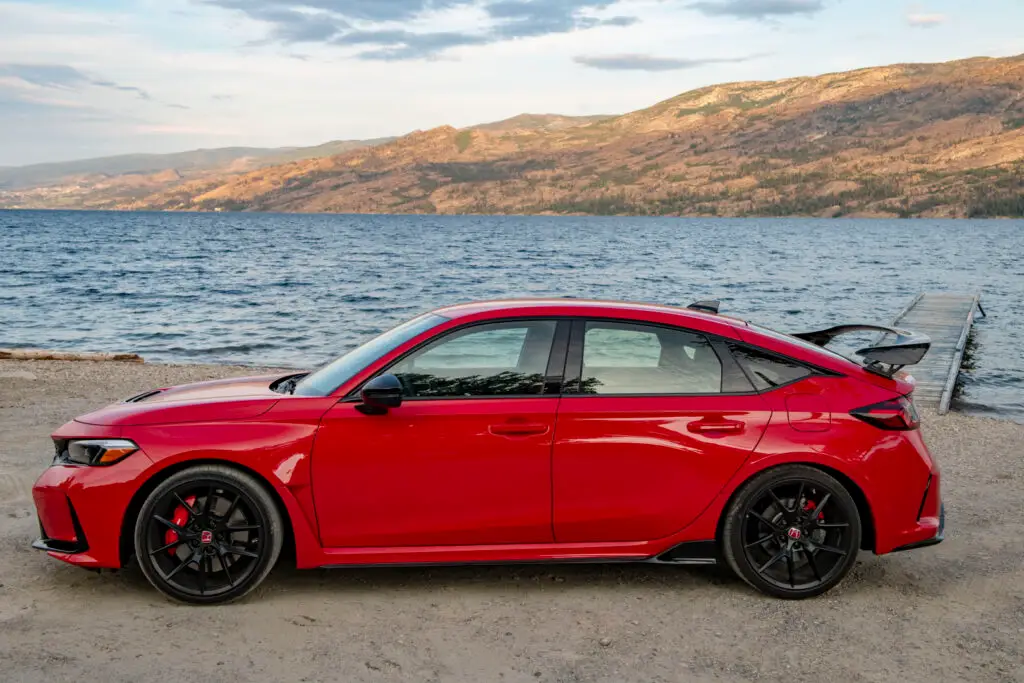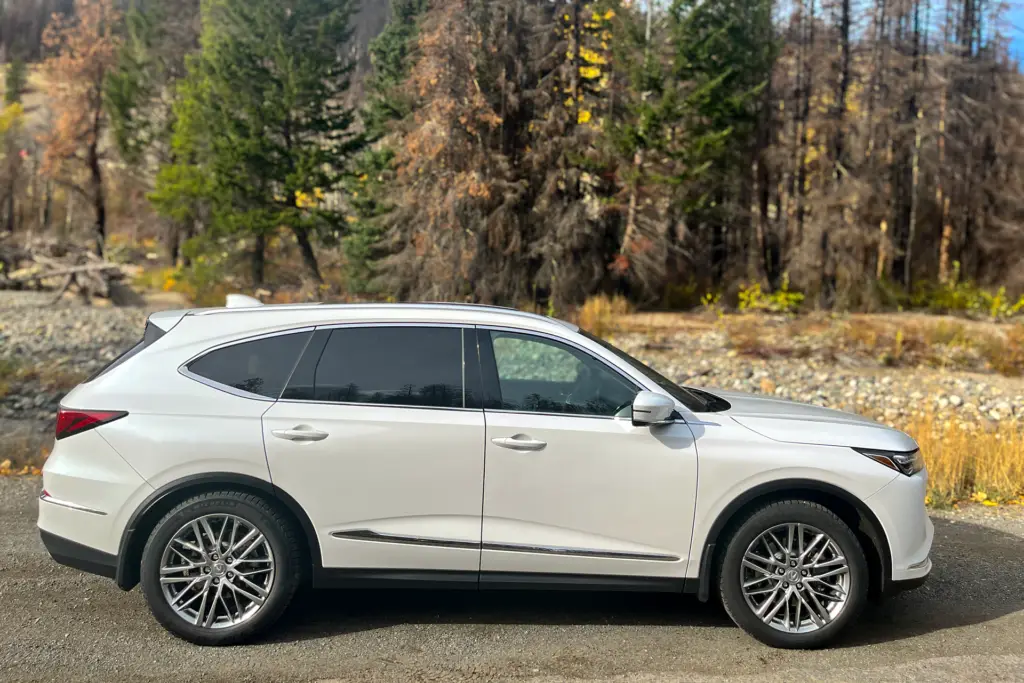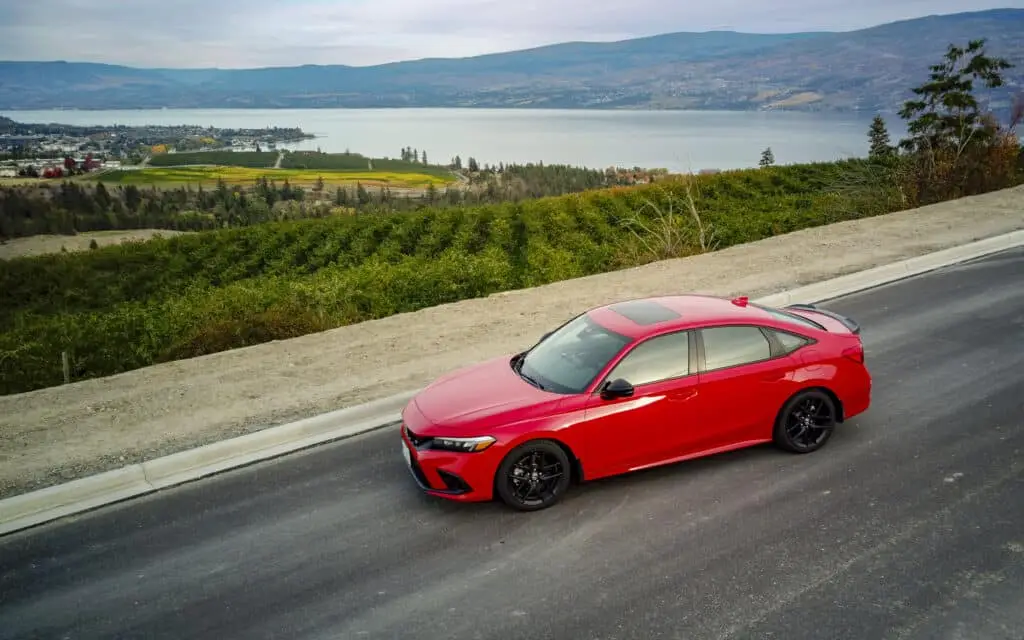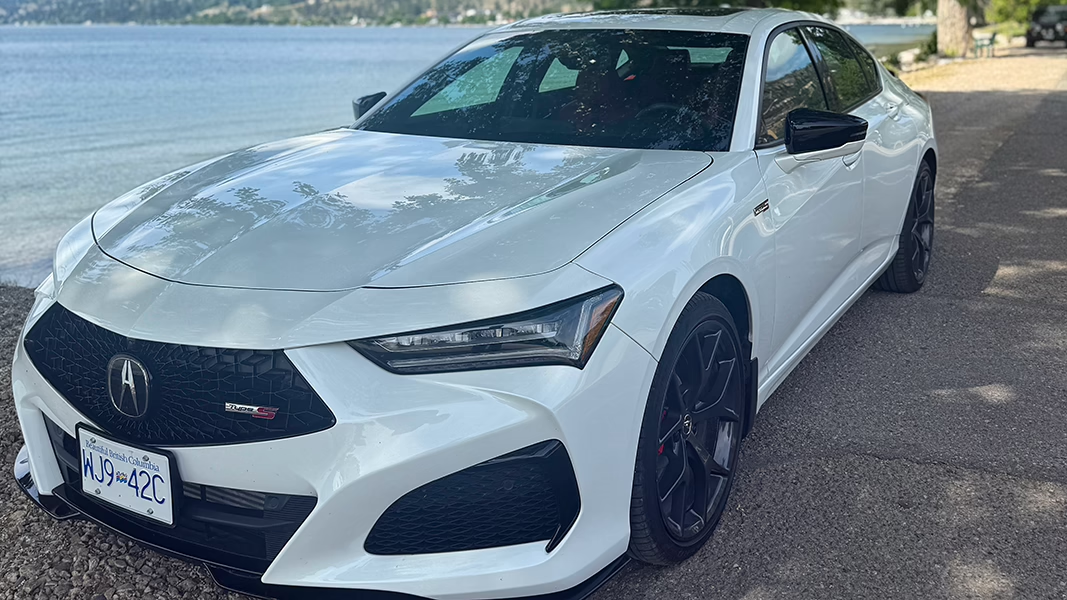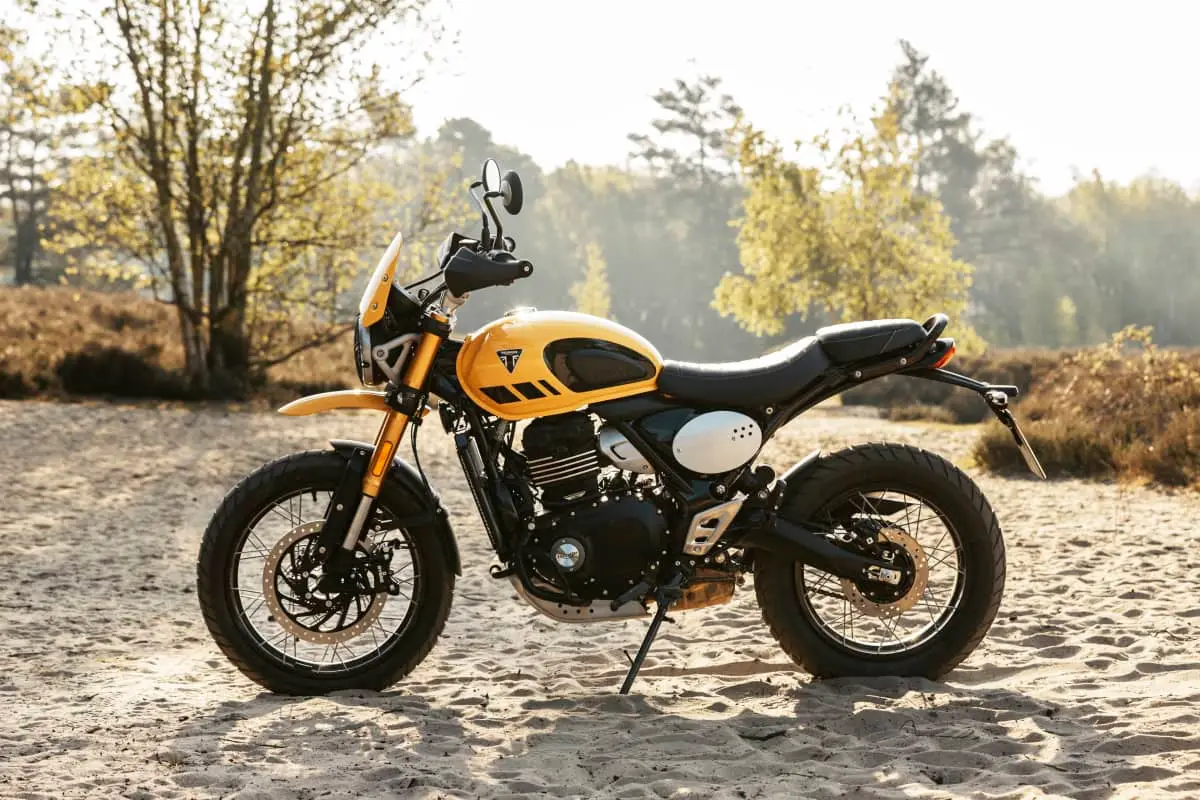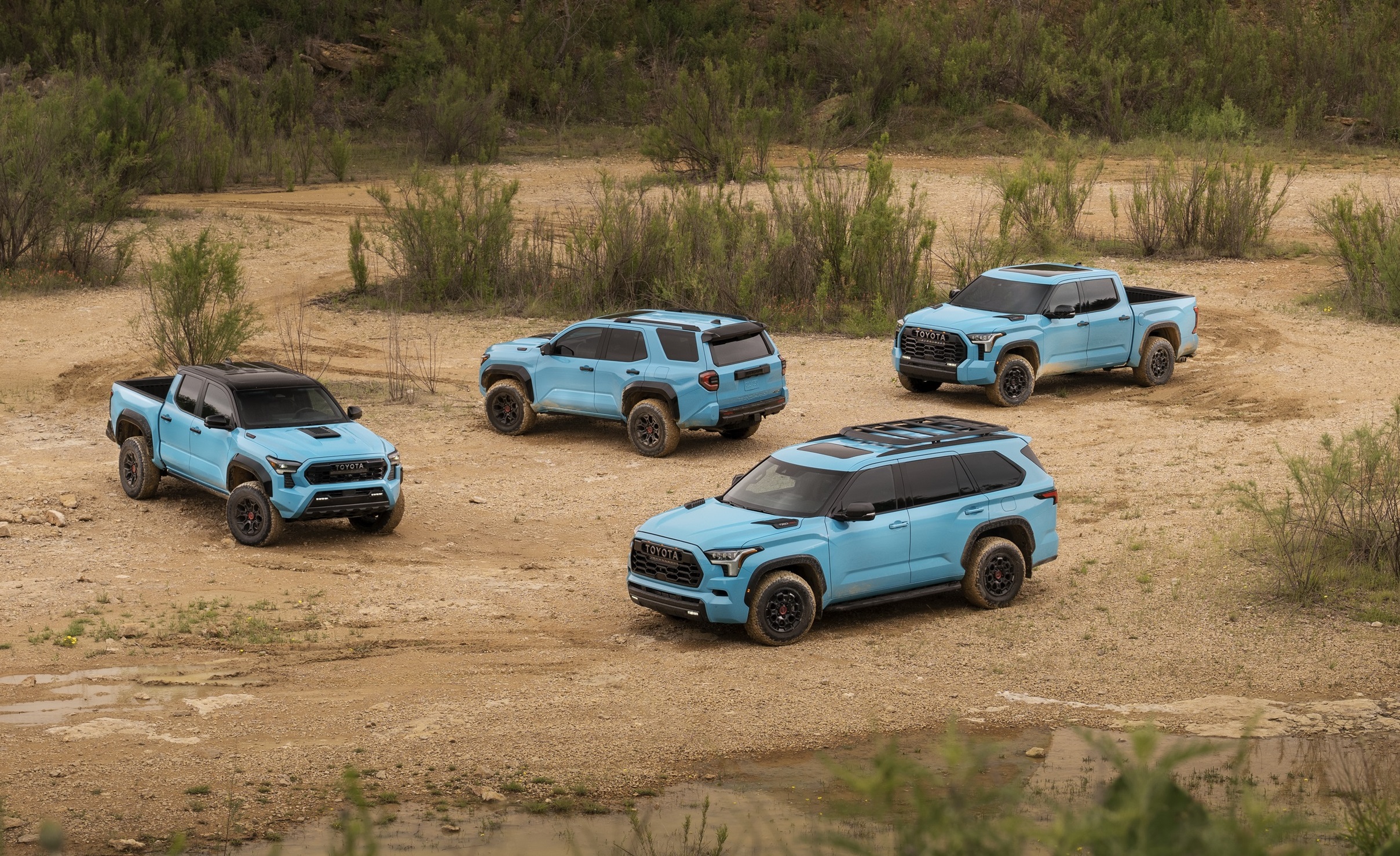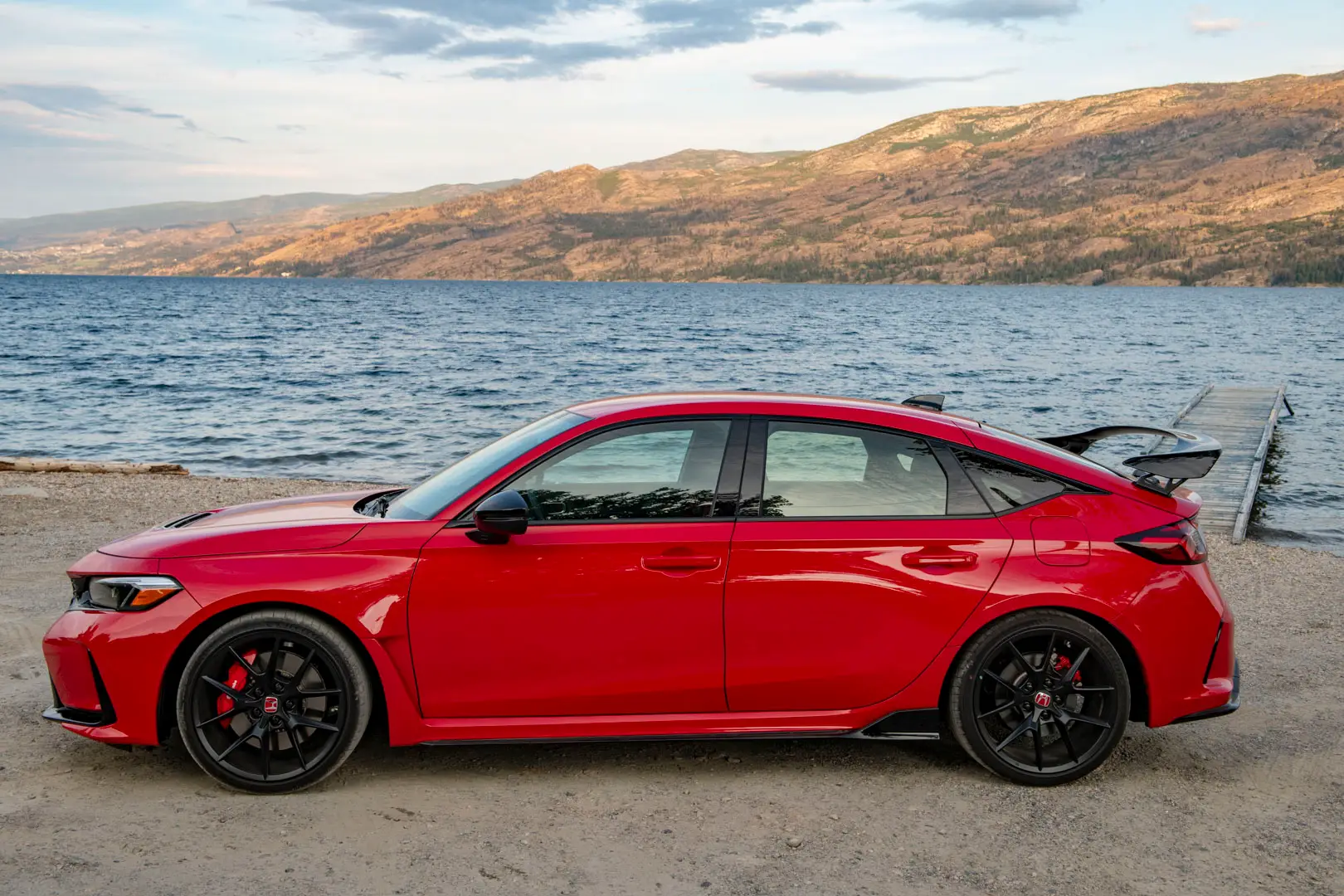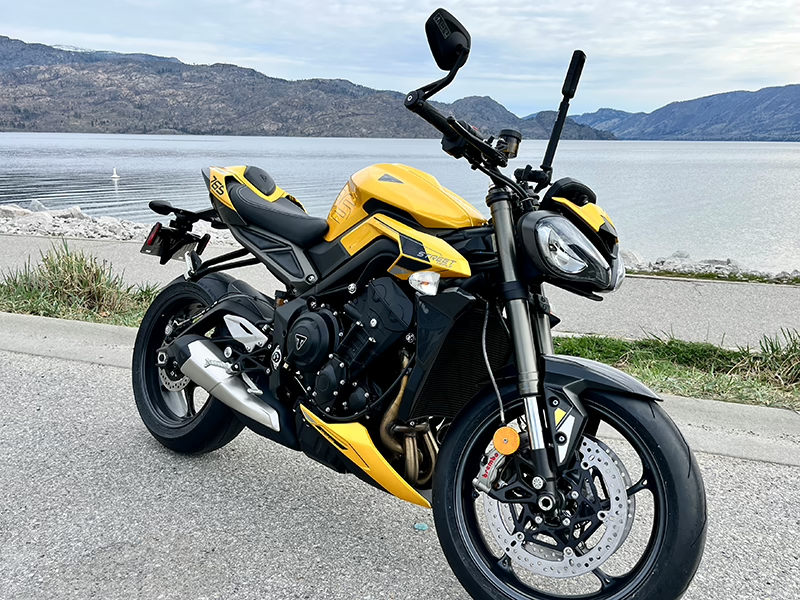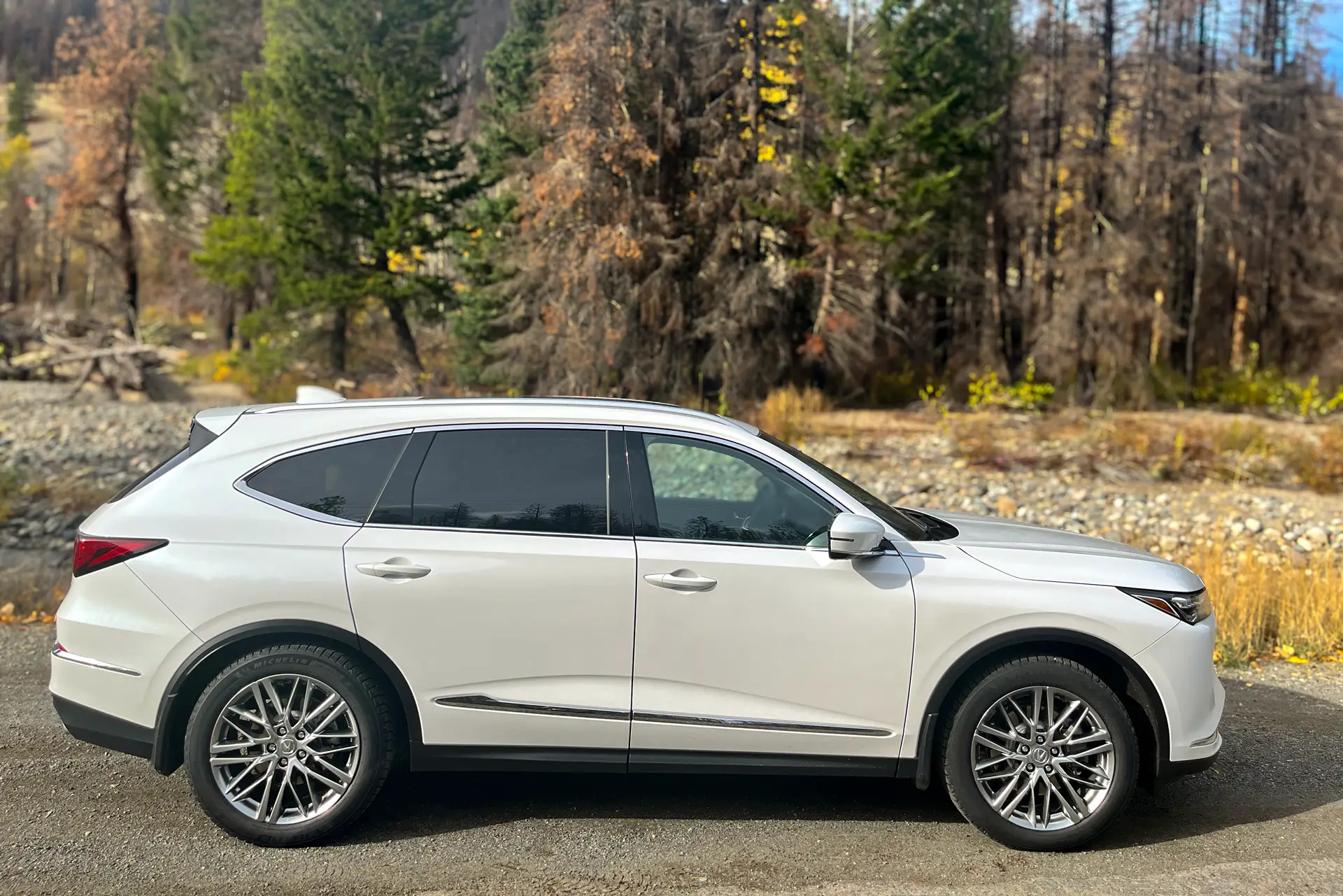By Marissa Baecker
 Bears are exiting their dens after hibernation and motorcycles are resuming their place on the roadways. With the rising fuel prices, motorcycles are becoming a commuter’s ride of choice. If you are considering taking up two wheels, we urge you to learn from professionals.
Bears are exiting their dens after hibernation and motorcycles are resuming their place on the roadways. With the rising fuel prices, motorcycles are becoming a commuter’s ride of choice. If you are considering taking up two wheels, we urge you to learn from professionals.
Learning to ride is available to everyone and getting the proper training is not only important to the learner but equally important to those of us already on the road. Some of the most confident riders renew their skills with professionals after an absence from the road.
You will have to have your motorcycle learner’s permit from ICBC before you can participate in any rider training program. You will also have to make a small investment in protective wear (helmet, boots that cover your ankles, gloves). You have to be at least 16 years of age and if you don’t currently hold a valid B.C. driver’s licence, you will have to proceed through the graduated licencing program which means you will have more restrictions on your learner’s permit than someone who has already been driving.
ICBC customer service representative supervisor, Pat Jardine explains, “Individuals study the Learn to Ride Smart manual, come into an ICBC office, no appointment necessary, and are set up with a knowledge test of 40 multiple choice questions. Individuals require 32 correct answers to pass. Upon passing, individuals are provided with a book, Tuning Up for Riders.”
From here, it is your choice whether or not you take a rider training course. A rider training course is a great way to get a feel for the road within the safety parameters of trained instructors and in the secured environment of a parking lot before adding traffic to the mix. You may sign up thinking you are a sport bike rider and graduate realizing you are a cruiser rider or vice versa.
 Most training schools supply riders with a variety of motorcycles to choose from and usually not more powerful than 250cc. Each time you attend class, we recommend you test out a different style ride and see what fits you best. This provides you with an opportunity to learn the different riding styles, see how your body fits these styles and find your competence and confidence before you make the investment of a bike you may later regret purchasing. From manufacturer to manufacturer and model to model, each bike has a different feel from the way you sit, to steering, to centre of gravity. Bikes are as unique as the individuals who ride them.
Most training schools supply riders with a variety of motorcycles to choose from and usually not more powerful than 250cc. Each time you attend class, we recommend you test out a different style ride and see what fits you best. This provides you with an opportunity to learn the different riding styles, see how your body fits these styles and find your competence and confidence before you make the investment of a bike you may later regret purchasing. From manufacturer to manufacturer and model to model, each bike has a different feel from the way you sit, to steering, to centre of gravity. Bikes are as unique as the individuals who ride them.
If you have a driver’s licence already you familiar with the basic rules of the road and the licencing process is expeditious. Two-weeks after you have your learner’s you can take the motorcycle skills test. This is a pylon course that demonstrates your ability to handle a motorcycle at slow speeds. Passing the exam removes the restriction of having to ride with a licenced supervisor as well as the speed restriction of no faster than 60 km/hr but you will still be restricted from carrying passengers. This test is usually included and administered as part of motorcycle training classes.
Two weeks after that you are eligible for a full one-hour road test. During the road test with ICBC, you ride your motorcycle with a speaker attached to a safety vest and receive directions from an examiner who travels in a vehicle behind you. They will make you travel over railroad tracks, down one way streets, schools zones etc. but you can take the mystery out of the test requirements by visiting ICBC’s website. All the requirements for each level are listed so there are no surprises. During the test, administrators are looking for observation, road position and overall handling of the bike. Shoulder check, shoulder check and did we mention shoulder check?
Taking a class definitely educated me on issues that had never even crossed my mind. A combination of off-road skills, training and on-road experience is beneficial to a rider’s ability and confidence. With more and more riders on the road, motorcycle theory would be beneficial to all drivers.
 Advanced exercises include clutch/throttle slow speed control and a riding layout using push steering in a slalom style course. Riders must complete full stops, 90 degree right turns, smooth cornering and accelerating out of the corner to come to a complete stop with your front tire exactly in the centre of a 4 cone square, throw in some U-turns, emergency steering and emergency braking and your skills will be put to the test.
Advanced exercises include clutch/throttle slow speed control and a riding layout using push steering in a slalom style course. Riders must complete full stops, 90 degree right turns, smooth cornering and accelerating out of the corner to come to a complete stop with your front tire exactly in the centre of a 4 cone square, throw in some U-turns, emergency steering and emergency braking and your skills will be put to the test.
Emergency braking is another key element to refresh your skills with. Riders accelerate and drive towards a double strip of cones…once your front tire crosses the line of the first two cones riders apply the rear brake only and stop as quickly as possible. It is important to keep your head up and eyes forward to maintain control.
Overall, whether you are just going to start or need a refresher behind the bars, learn from the professionals. Remember that dirt bike riding is a great way to get a feel for a bike before trying a road bike. Do your research – ask ICBC about their motorcycle graduates and which school seems to be producing the best riders. We’ll see you on the road.
